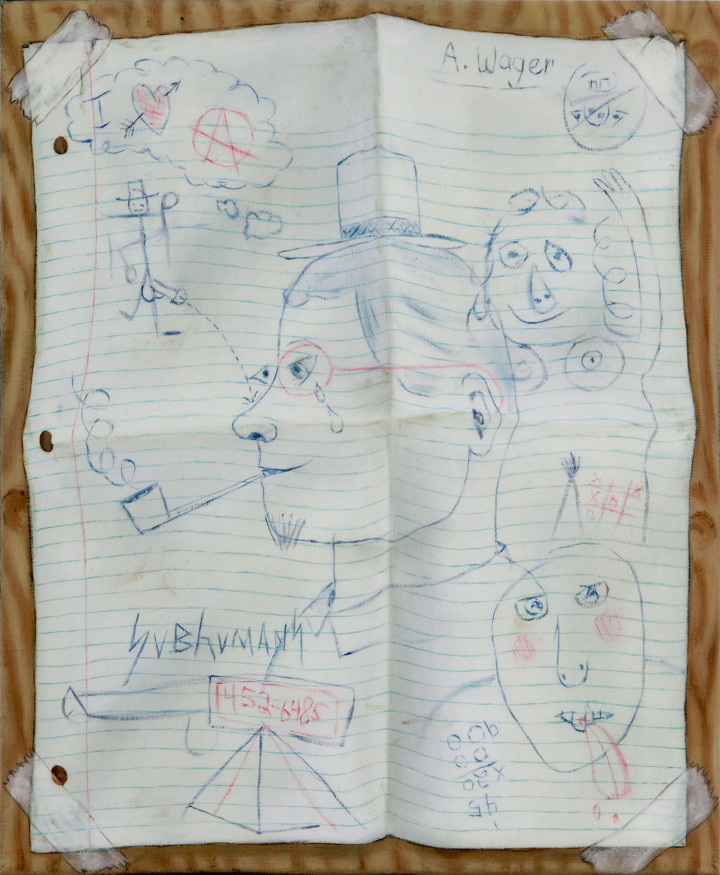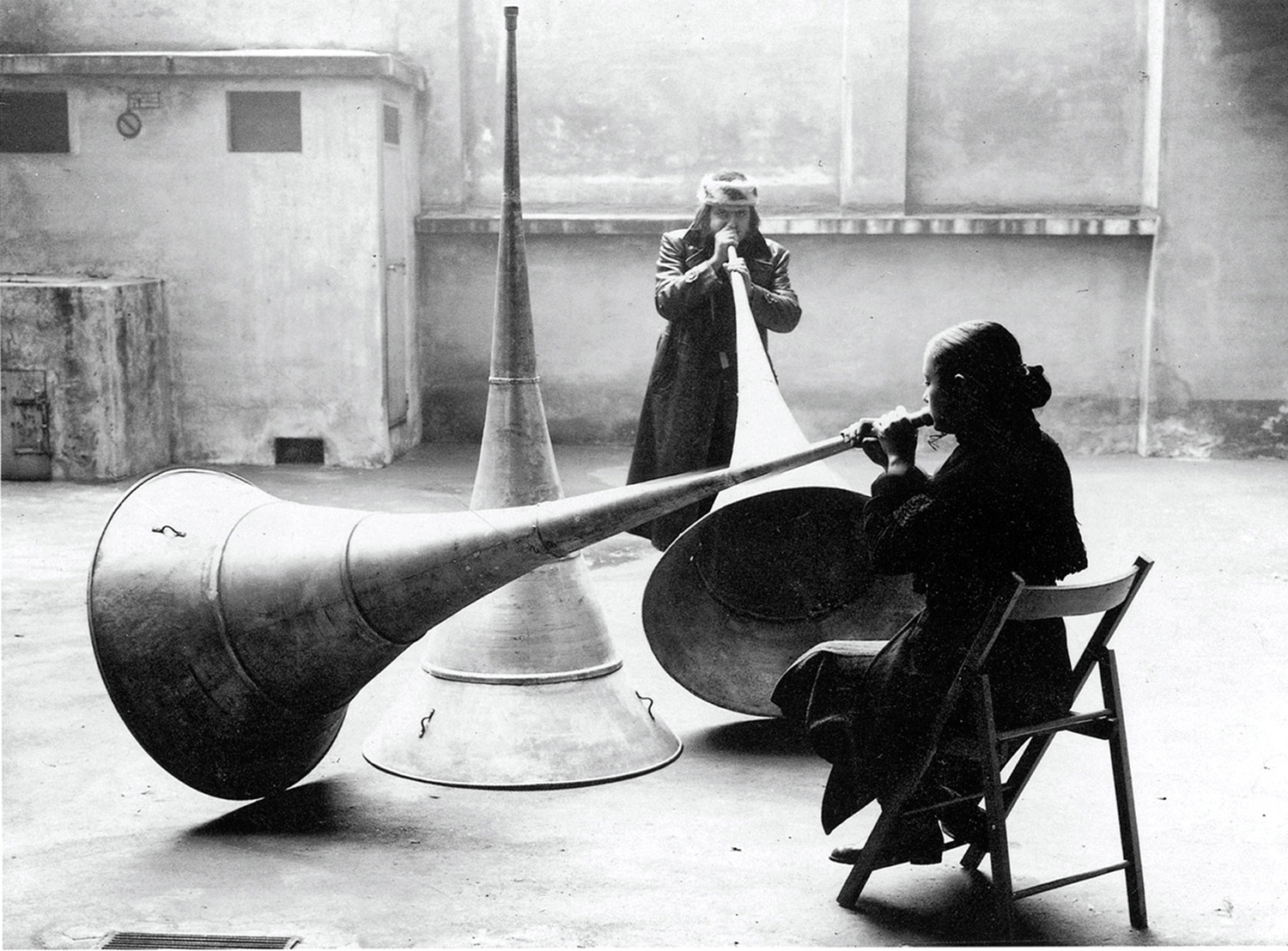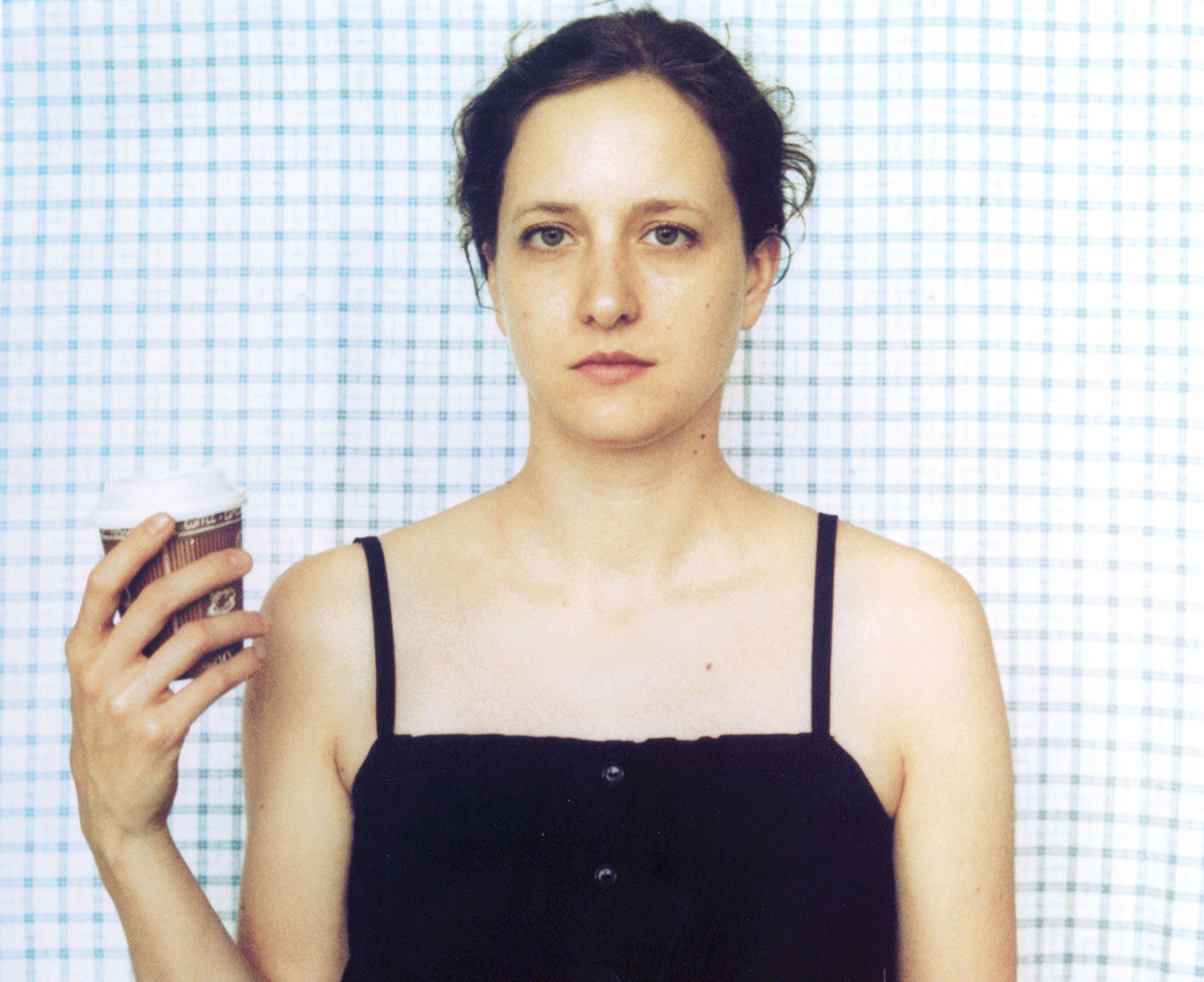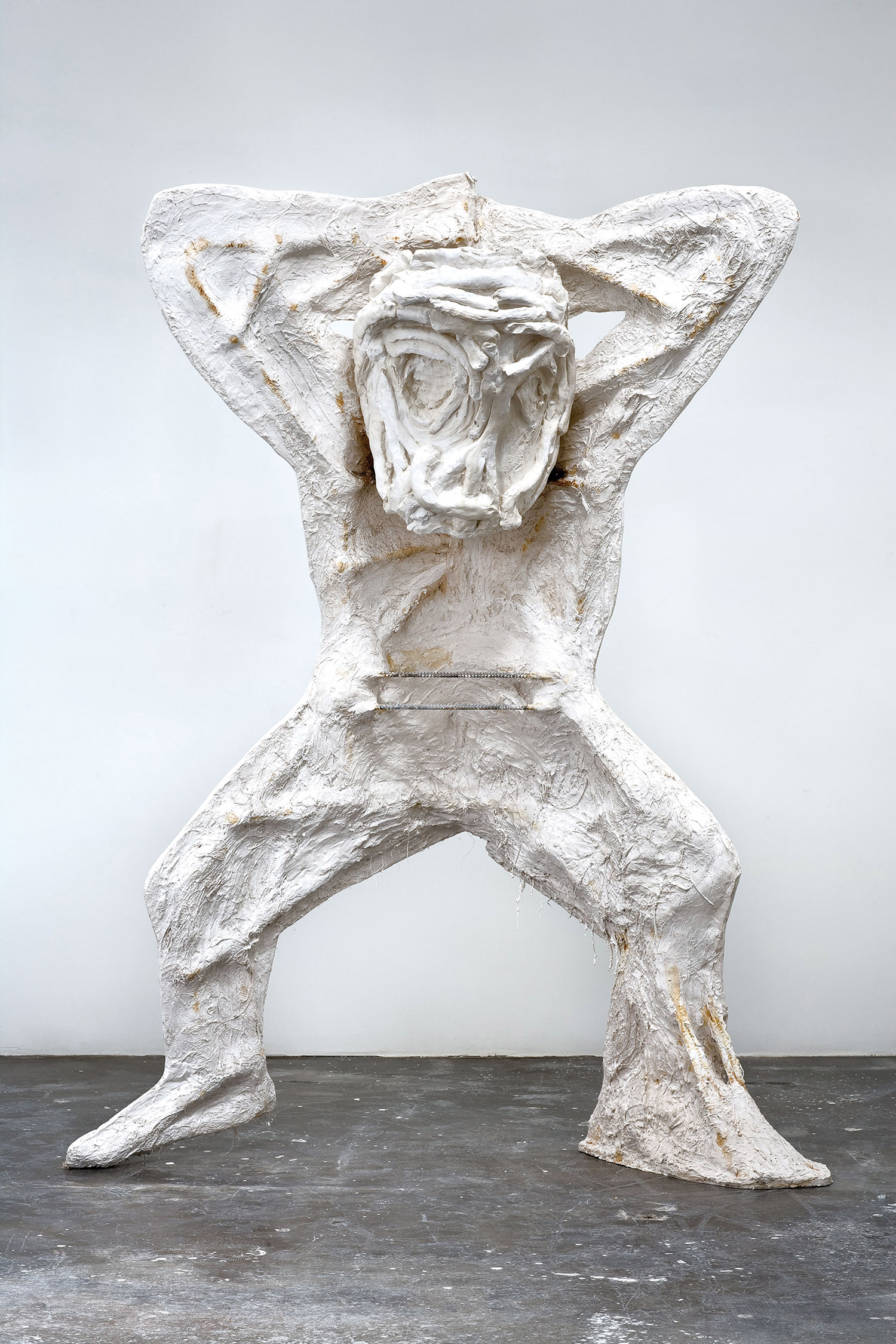
Nikola Cernetic: Recently you added some kind of sculpture-installation in your exhibition. Do you feel painting is not enough, or do you feel that somehow sculpture completes your message?
Michael Cline: My foray into sculpture and installation is a natural outgrowth of my practice and has been for some time. I’ve made sculpture for as long as I can remember. Only recently have I become comfortable with making my sculptures public.
NC: To be voyeuristic in private moments of life seems to be important in your work.
MC: I like character-driven stories; it’s the one time where we are all given explicit permission to be voyeurs. Private moments are edged open, things are made more complicated and/or simplified, and what was voyeurism becomes insight.
NC: Painting the particular is for being ambiguous or to reveal something?
MC: There is something to what you say, something important and difficult to explain. It’s true, my paintings are very particular and driven by detail. One might intuit that this sort of practice would make for predigested narrative or something like that. But in practice, I feel the more I add to the story, the more veiled and subterranean everything becomes.
NC: Does representing an imperfect world make you feel more sure about your life?
MC: I’m quite sure about my life. And I’m quite sure it’s all incredibly tenuous and fleeting, which I find both exhilarating and melancholic. But to your question of representing the imperfect world, it’s either that or setting out to detail the perfect world, which seems impossible.
NC: Your works seem to be from another time, like something belonging to the recent past…
MC: All time is relevant to the contemporary world. The past, after all, has a voracious appetite and is, in some oxymoronic way, contemporary. My aim is to make something that seems out of time, rather than being rooted in a specific one.
NC: For the spectator looking at your past shows, the feeling is that the color is changing in your work. Sometimes it is like there’s no color — as it is all flat in the show — and sometimes the colors come out deeper in the image.
MC: Yes, it’s true.
NC: Your paintings seem inspired by fables and folktales. Is that your way of dreaming?
MC: It is a way of dreaming.
NC: How comfortable do you feel painting sex and violence? Is that something related to the occult?
MC: I am interested in the occult and people like Aleister Crowley, Madame Blavatsky, Charles Leadbeater. But really I’m more drawn to and inspired by Christian iconography.
NC: It’s not like storytelling; maybe it’s more like a journey throughout unordinary everyday life?
MC: But that’s a story, right? Hopefully, it’s a journey where the ordinary is transformed.





